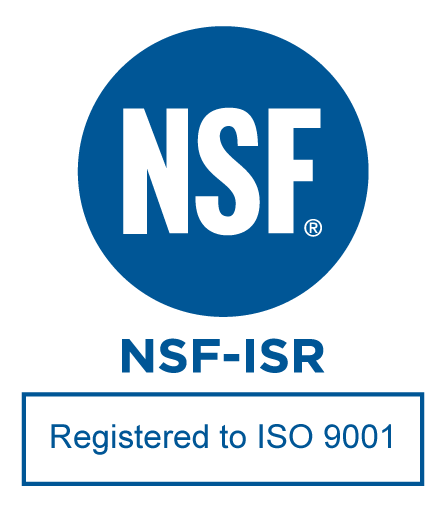Interchangeable Pneumatic Actuators: An Overview

When you need a pneumatic actuator, you’ll find an overwhelming range of products available from various manufacturers. But because no two applications are alike, you must weigh a lot of considerations before selecting and ordering an actuator. Basic considerations should include the size and mounting options as well as any specific features that will help satisfy your needs. This blog post — the first in a series on interchangeable actuators — provides a brief overview of four common cylinder styles:
Compact cylinders. As the name suggests, compact cylinders are desirable for installations with limited space as well as those with small loads or very small lateral forces acting on the piston rod. Lightweight and repairable compact cylinders have some of the smallest bore sizes available, from 1/4 up to five inches, and strokes are typically less than four inches. Compact cylinders have two common styles, including tie rod construction with round or square end caps, and extruded profiles with square bodies. These cylinders are usually mounted via through-holes or tapped threaded holes, or via rear-pivot.
Optional features include a choice of male or female rod threads, single-acting versions, magnetic piston for use with sensors, bumpers to reduce noise, double rods, non-rotating types for maintaining a specific orientation and seals for harsh environmental conditions.
Round body cylinders. Inexpensive cylindrical shaped cylinders are designed with small widths for applications with limited installation space or small to medium load requirements. They have similar optional features as compact cylinders. Round body cylinders are typically used for moving, holding, lifting and pushing-type use cases, or applications with minimal lateral forces acting on the piston rod. Mounting can be achieved via an integrated front-facing nose thread or a rear pivot pin or hole. Lightweight round body cylinders come with small bore sizes from 5/16 to three inches, and strokes can range from less than 10 inches to more than 50 inches. Some round body cylinders are not repairable.
Tie rod cylinders. When you need a more durable cylinder, tie rod cylinders can meet the requirements thanks to their large integrated piston rod bushings. Tie rod construction accommodates the large bores — up to 12 inches or larger — that provide thousands of pounds of forces. Strokes can typically range from less than 8 inches to more than 100 inches. Offered with a wide variety of mounting styles, repairable tie rod cylinders are designed for medium to heavy loads and applications in which medium lateral forces act on the rod.
Profile cylinders. These cylinders offer many of the same features and specifications as tie rod cylinders, but their aluminum profile limits bore sizes to approximately five inches. Profile cylinder construction offers some advantages, including integrated slots to house a sensor without it protruding from the body, a smooth shape and appearance as well as lower costs.
Make Cylinder Selection Less Challenging
Pneumatic actuators are well-known for delivering reliable, accurate motion, making them well-suited for use in a wide range of machines and systems across many industries. Future blog posts in this series will review interchangeability standards and the factors to consider when choosing a cylinder that meets specific objectives. Taken together, this overview of the different types of cylinders to choose from, along with our upcoming posts on interchangeable pneumatic cylinder basics, will make cylinder specification considerably less challenging.
For more information about specifying pneumatic cylinders, download our white paper.

